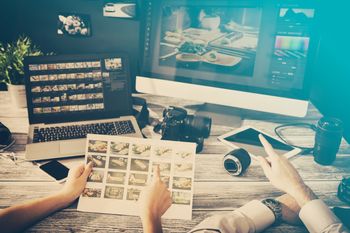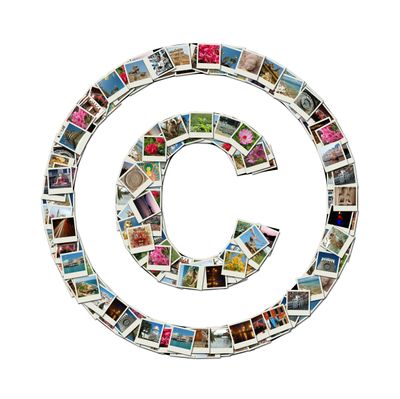Understanding Photo Copyrights
Guidelines for When You Can (And Can't) Use an Image

With the abundance of photo images available on the internet, it can be difficult to determine if you have the legal right to use an image. Whether you find an image on Google, purchase a stock photo or hire a photographer to shoot custom images; it doesn’t mean you have free rein to use the image where ever you want. The photo licensing rights, which are outlined in the contract, for using any image spells out exactly what you are entitled to.
Clorox was recently taken to court for violating the copyright of a photographer, whom they had hired to shoot an ad campaign for them. Photographer, Jill Greenberg, produced a series of portraits of cats for a Fresh Step cat litter campaign. The contract with Greenberg limited the image uses and duration. Clorox violated the terms of agreement by using the photos in other works; like gallery showings, television shows, and downloadable wallpapers; which were not included in the contract. The court case is still ongoing.
To avoid running afoul of photo copyright laws, there are a few questions you can ask yourself when determining what, if any, rights you have to use images.

Do I own the copyright?
If you created the image yourself, you own full rights to use it however you wish. Keep in mind that the image that you produce must be unique from others, or it may violate copyright. If you did not take the picture yourself, you should obtain permission from the creator or purchase the right to use it. You should be careful to use the image only for purposes outlined in the agreement to avoid any complications with copyrights, like with the lawsuit Clorox is facing.
Is this image licensed with creative commons?
Another way that is permissible to use an image is if the image is licensed with creative commons. These licenses allow photographers to share their copyrighted photos, while retaining the copyright to the original photo. Images under a creative commons license can be used for free, with some stipulations made by the creator. There are websites, such as Flickr, which have thousands of creative commons images on them for you to browse.
Is this image in the public domain?
Another possibility is that the image in the public domain. A photo would be considered in “public domain,” if the image was created by the government, the copyright has expired, or the creator put the image in the public domain. Anyone can use images that exist in public domain. You can use the image in any way and can alter it however you like. Copyrights expire 70 years after the death of the creator. For a previously copyrighted image to be in the public domain in 2019, the creator must have passed away in 1949, regardless of when the photo was taken.
Will I be using this under fair use guidelines?
The final litmus test for using a photo is under fair use guidelines. Fair use is the legal right to use a copyrighted image - as long as it is for educational, research, personal use or if it benefits the greater good in any way. Fair use also includes repurposing a picture to give it a new purpose or meaning, such as a parody.
Reviewing each of these copyright clarifying questions is a good starting point for determining if you can legally use an image, but it’s not infallible. Even if you’ve purchased the rights to use a photo for one purpose, it does not automatically mean that you can use it multiple times. When in doubt, it is always best to verify usage permissions from its creator.
